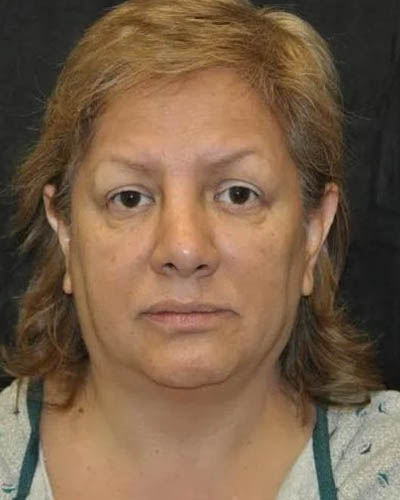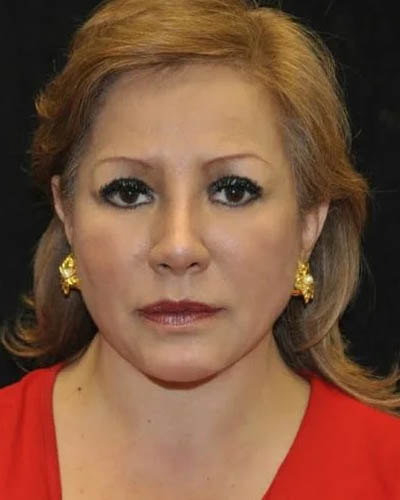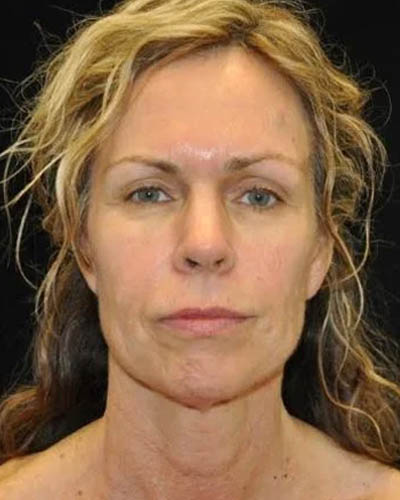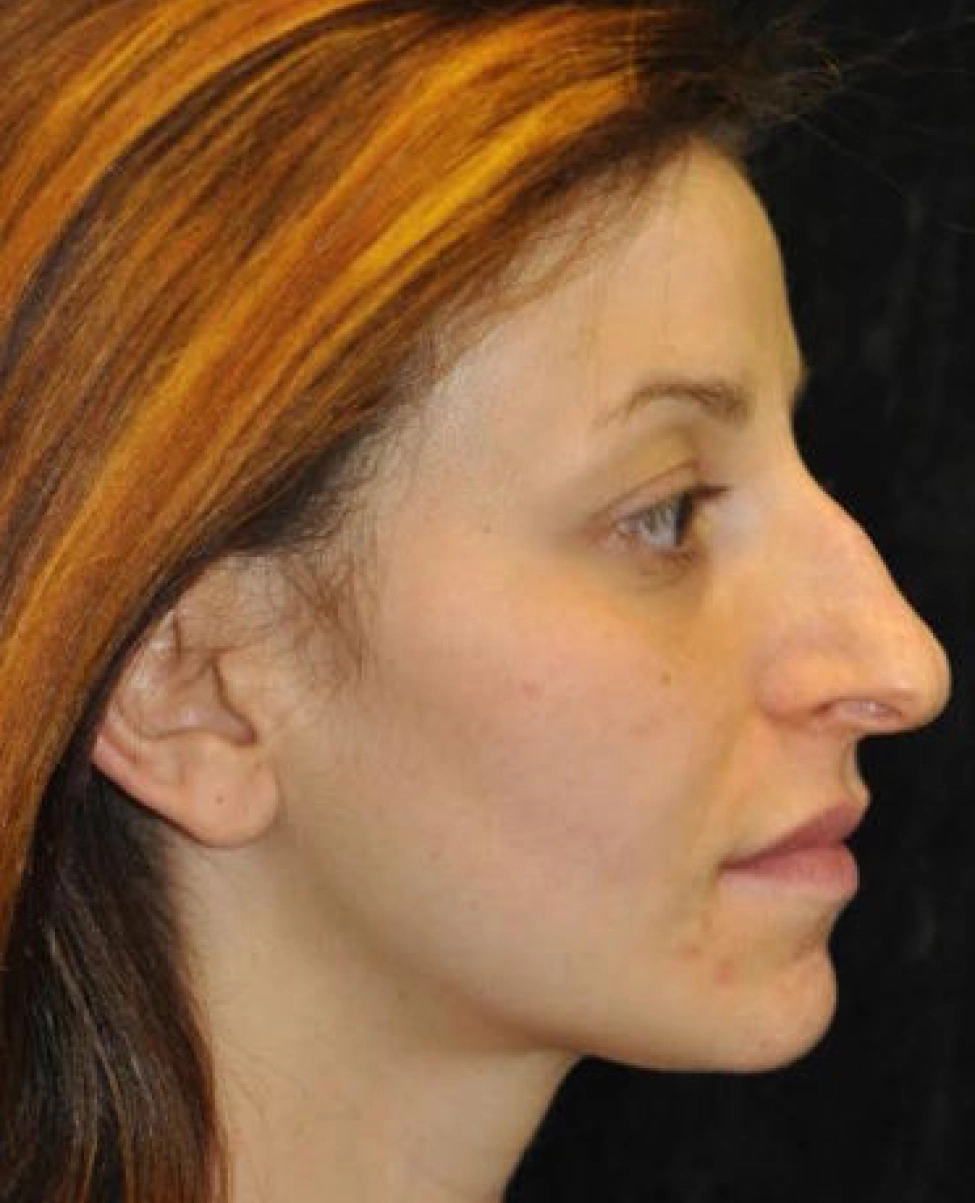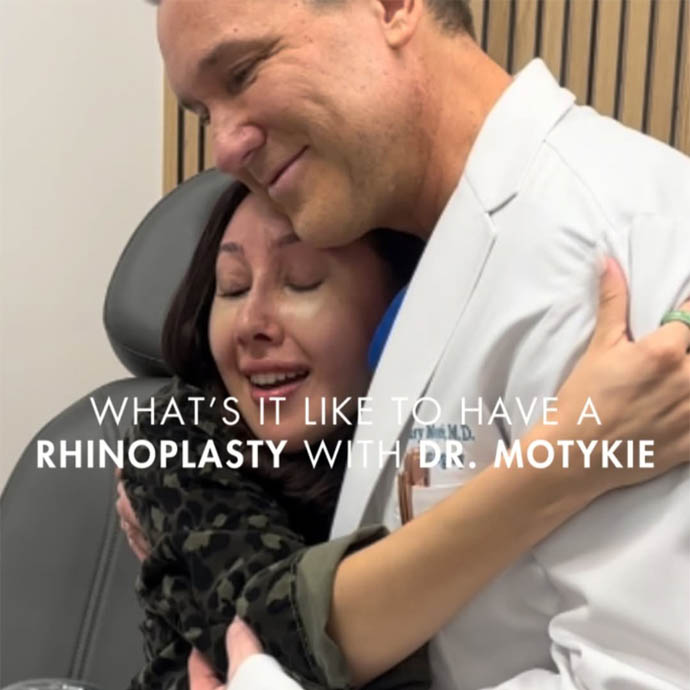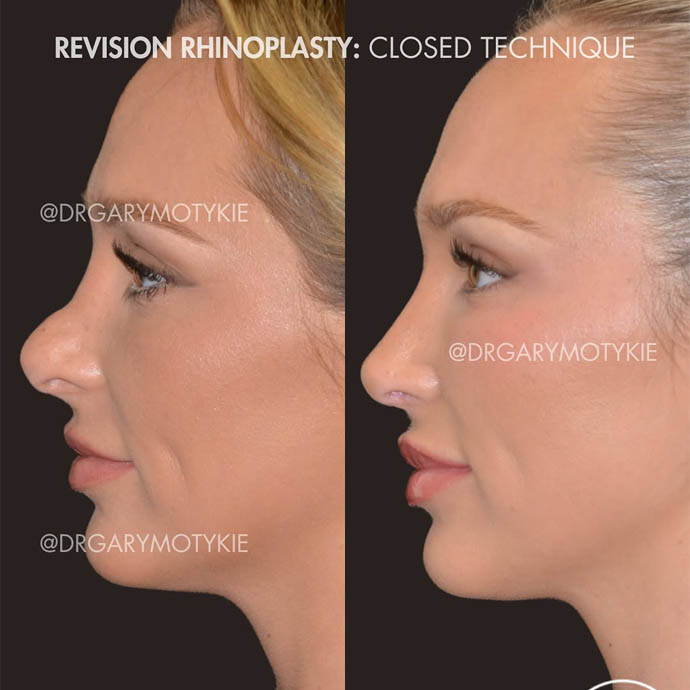- Face
- Breast
- Body
- Motykie Med Spa
- Injectables
- Skin
- Celluma Led Light Therapy
- Chemical Peels
- Hydrafacial
- IPL Photofacial
- Laser Hair Removal
- Laser Skin Resurfacing (Laser Genesis)
- Medical Grade Facials
- Morpheus8
- Microneedling
- PRFM / PRP (EZ Gel)
- RF BTL Exilis
- Spider Veins & Vascular Leisons+ (ExcelV)
- Sun & Brown Spot Removal
- Stem Cell Facelift
- Thread Lifts
- Anti-Aging
- Hair
- About
- Surgery Suite
- Locations
- Gallery
- Resources
- Media
- Consultation
 Nasal polyps can develop inside the nose in various sizes and colors. They commonly occur in pink or brownish-yellow color.
Nasal polyps can develop inside the nose in various sizes and colors. They commonly occur in pink or brownish-yellow color.
On the surface, the nasal polyp may look like a teardrop. But as it grows, it starts looking like a grape on a stem. Nasal polyps can occur in one or both nostrils at the same time, and could grow alone or in clusters.
Polyp clusters or large sized polyps can cause difficulties in breathing through the nostrils and affect the patient’s sense of smell. Polyps can also block the sinuses and cause problems such as recurrent infections.
The surgeon will determine the condition of the nasal polyps and recommend an appropriate treatment plan. Board certified plastic surgeon Dr. Gary Motykie provides rhinoplasty to patients in Beverly Hills, West Hollywood, Los Angeles, and surrounding locations.
Who could get Nasal Polyps?
Nasal polyps found nearly two to four times more commonly in men than in women. People who get nasal polyps typically develop them in their younger years or middle age.
Nasal polyps are more likely to occur in people with recurring problem of sinus infections, asthma or allergies. They are also more likely to affect children who have cystic fibrosis.
Diagnosis
An experienced nose surgeon will be able to diagnose nasal polyps usually just by assessing the patient’s condition of the nose and asking a few questions about their symptoms. The surgeon may use a light device to view the polyps within the nose.
The following diagnostic tests may be ordered to determine the precise condition:
- Skin prick allergy test
- Nasal endoscopy
- Cystic fibrosis
- CT scan
Treatment
Steroidal Nose Drops or Spray
The surgeon could prescribe steroidal nasal drops or a steroid spray to treat the nasal polyps. This treatment will help improve the swelling in the polyps. It is a common course of treatment for patients have one large polyp or a cluster of smaller polyps. Side effects of the treatment may include nosebleeds, headaches, and sore throat.
Steroid Pills
If the nasal polyps are larger or reveal severe swelling, the nose surgeon may prescribe steroid pills with or without a nasal spray. Steroids can be quite effective in the reducing the size of the polyps. However, one of the complications of steroids is weight gain. The patient may be directed to use the pills only for a limited period.
Other Drugs
In some cases, the surgeon may prescribe other medications to treat the conditions within the nostrils that may be causing an aggravation of the inflammation. For instance, antifungal drugs may be prescribed to fight fungal allergies, antihistamines to treat other allergies, and antibiotics to combat bacterial infections.
Polypectomy
If the polyps are very large, or the patient is not responding to other treatments, the surgeon may advise a surgery to treat the nasal polyps. Polypectomy is a common treatment to remove polyps. The patient will undergo this procedure under either local or general anesthesia.
The surgery may be performed with an endoscope by placing a thin tube connected to a camera within the patient’s nose and sinuses.
Experienced cosmetic surgeon Dr. Gary Motykie receives patients from Beverly Hills, West Hollywood, Los Angeles, and nearby areas for rhinoplasty.
Click here for Virtual Consultation
- To see more services and treatments provided by Board Certified Plastic Surgeon, Dr. Motykie in Beverly Hills | Los Angeles | West Hollywood and his team please visit:
